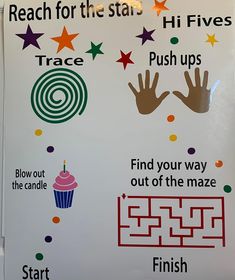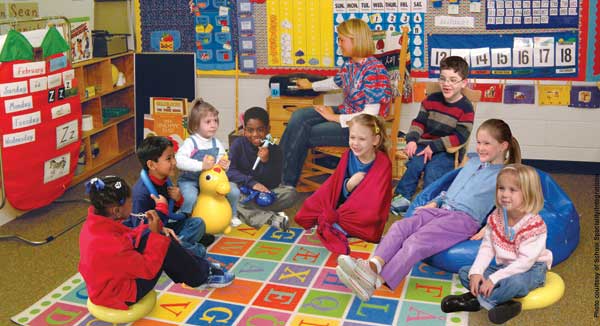School hallways have traditionally been seen as simple transitions between classrooms, used to usher students from one lesson to the next. However, a new trend is emerging that is transforming these spaces into integral parts of the educational environment – sensory pathways.
Sensory pathways are colorful, creative tracks laid out on the floors and walls of school corridors designed to engage children’s senses and encourage a variety of movements such as hopping, skipping, jumping, or balancing. These pathways are beneficial for all students but are particularly useful for those with sensory processing issues, such as children with Autism Spectrum Disorder (ASD), Attention Deficit Hyperactivity Disorder (ADHD), or other neurological differences.
The incorporation of sensory pathways in school hallways serves a multifaceted purpose. First and foremost, they provide an opportunity for physical activity throughout the day, which can enhance a child’s attention span, memory, and emotional regulation. Regular movement breaks have been linked to better academic performance as they allow children to expend their natural energy and refocus on their studies.
In addition to the physical benefits, sensory pathways offer psychological advantages by helping to reduce anxiety and stress. The simple actions required to follow the pathway can serve as a grounding exercise that brings children into the present moment, diverting their attention away from stressors and calming their minds before entering the classroom.
Sensory pathways also encourage the development of motor skills such as balance and coordination. Through fun challenges presented by different sections of the pathway—like stepping over logs, weaving between flowers, or following a spiral—children get to practice important physical skills in a playful setting.
Moreover, these pathways foster inclusivity. Schools with sensory pathways show that they value diverse learning needs and are committed to creating a learning environment that accommodates all students. When children witness adaptations being made for various needs, it promotes understanding and empathy within the student body.
The implementation of these pathways has another unexpected outcome: it can transform behavior management. Instead of seeing movement as a disciplinary concern—where running or skipping in hallways would often be reprimanded—a sensory pathway channels these natural impulses in a positive way. This not only reduces conflict but also empowers children to manage their own energy levels responsibly.
Lastly, sensory paths can add an aesthetic appeal to otherwise bland school hallways. They brighten up spaces and make schools more inviting, creating an environment where students feel welcomed and stimulated by their surroundings.
In conclusion, sensory pathways are revolutionizing school hallways by offering an array of benefits that go beyond mere decoration. They contribute positively to children’s physical well-being, emotional state, motor skill development, inclusivity within the school community, behaviour management and environmental aesthetics. As more schools recognize their value, it is likely that sensory pathways will become a standard feature in educational institutions around the world—changing school hallways for good.







